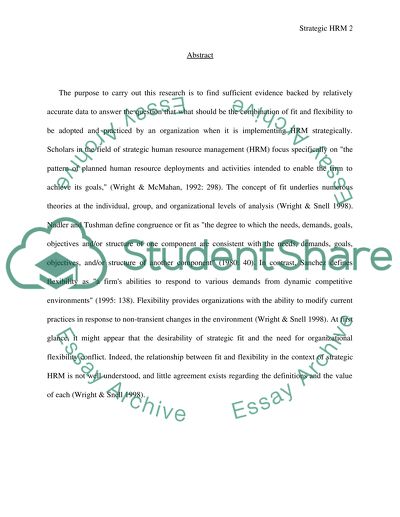Cite this document
(“International Organizational Behavior: Strategic Human Resource Research Paper”, n.d.)
International Organizational Behavior: Strategic Human Resource Research Paper. Retrieved from https://studentshare.org/human-resources/1510224-strategic-human-resource-management-essay
International Organizational Behavior: Strategic Human Resource Research Paper. Retrieved from https://studentshare.org/human-resources/1510224-strategic-human-resource-management-essay
(International Organizational Behavior: Strategic Human Resource Research Paper)
International Organizational Behavior: Strategic Human Resource Research Paper. https://studentshare.org/human-resources/1510224-strategic-human-resource-management-essay.
International Organizational Behavior: Strategic Human Resource Research Paper. https://studentshare.org/human-resources/1510224-strategic-human-resource-management-essay.
“International Organizational Behavior: Strategic Human Resource Research Paper”, n.d. https://studentshare.org/human-resources/1510224-strategic-human-resource-management-essay.


